Today I would like to devote my post not so much to the machines themselves, as to the technology of 3D printing with the so-called POLYAMIDE.

Technology.The SLS 3D printing process involves sintering a {polyamide} powder with a laser beam. It is similar to SLM technology, but it has a coordinate difference. And the main difference is that this technology implies that there is no need to build a living material. Just imagine. You are only limited by the size of the build chamber. Parts can be placed both above each other and through each other, if the model allows it. This is just great, I am not limited by the size of the platform, I can position products in the entire chamber, both along the X and Y axes, and along the Z axis.

Материал. In industrial 3D printing, the consumable material for SLS 3D printers is the powder fraction, the so-called “polyamide”, although the name “caprolon” is closer to the Russian ear. It looks like flour, and even powder will be closer. According to the chemical set and according to the characteristics of the products at the output, several basic compositions are distinguished:
Exact parameters and characteristics of materials: https://eos.materialdatacenter.com/eo/
I will not dwell on the materials, since all properties and characteristics can be found on the Internet. At the moment, a lot of research, laboratory tests, reviews have been carried out, and all of them have been in the public domain for a long time.
Equipment.Today I will talk about the two most common industrial systems in the world, the EOS P100 and EOS P700.
EOS P100.This machine is most commonly found in companies and factories. Decent chamber size: 200 x 250 x 330 mm. As a rule, when choosing a layer height for 3D printing on this machine, preference is given to the range of 0,1-0,12 mm. This is the optimal ratio of quality to product delivery time. Although the machine can print with a layer of 60 micrometers in the highest quality mode. The cost of such a machine is about 25 rubles. at the dollar exchange rate at the time of posting.

EOS P700. For such a car, you will have to pay about 40 million rubles. at the rate at the time of publication of the article. Is it worth it? Let's figure it out. There is one peculiarity in polyamide 000D printing. We cannot recycle all of the powder from a previous seal. It needs to be diluted / renewed with new powder. Obviously, cost-effective 000D printing on this machine means Infill the chamber in excess of 3 percent. Do you have tasks where this setting would be relevant? If there is, then the car will please you extremely!

It has a really huge build area! 70 cm x 38 cm x 58 cm.

You understand? You can grow whole products more than half a meter. That is, we add to the possibility of obtaining functional products also the possibility of obtaining large products.
That is, in total, on this machine, we get large functional products. This means that 3D printing in this form, together with certain technical and economic indicators, can replace several technological operations. I have already described the positive effect of this process earlier.

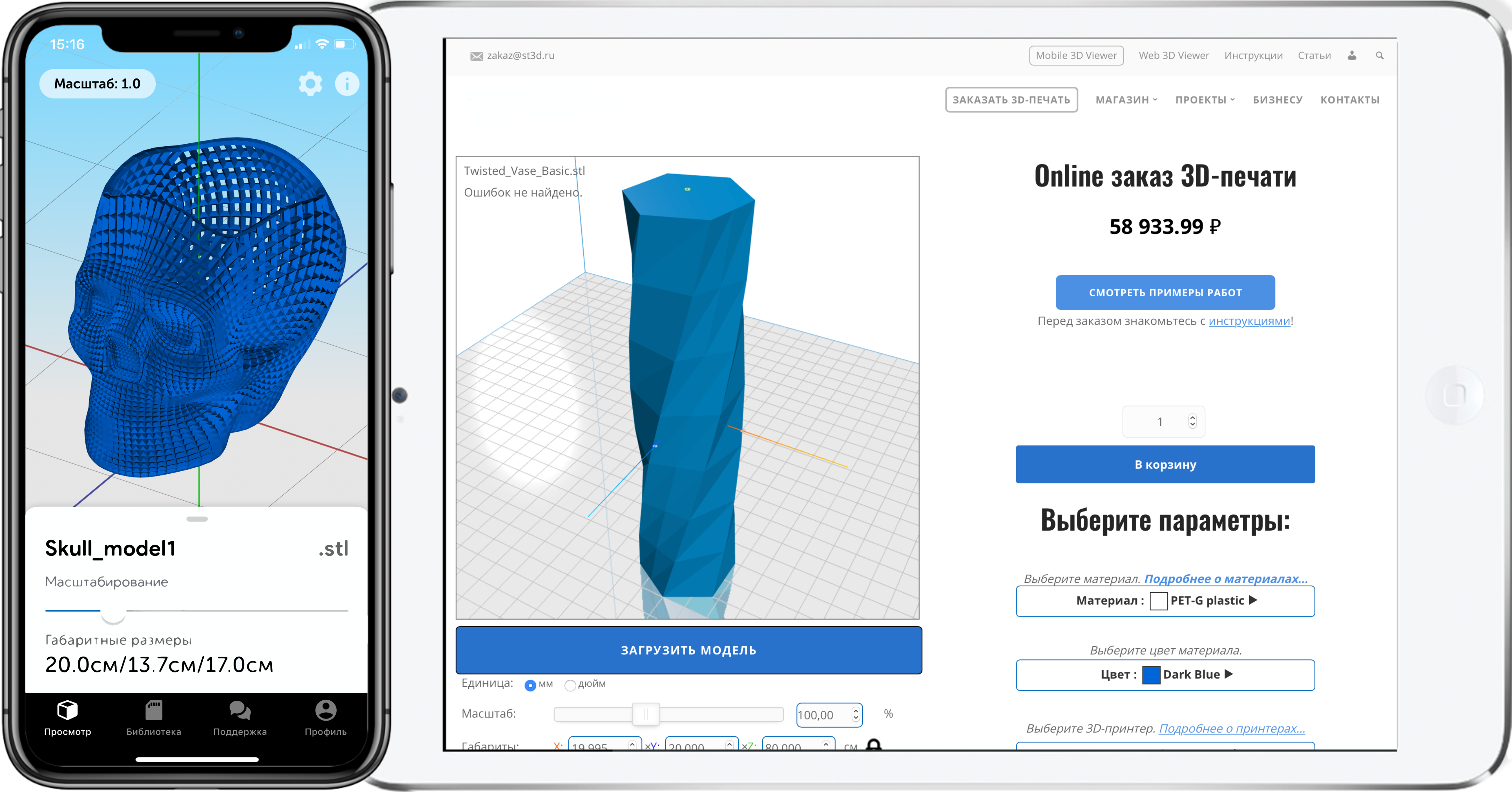



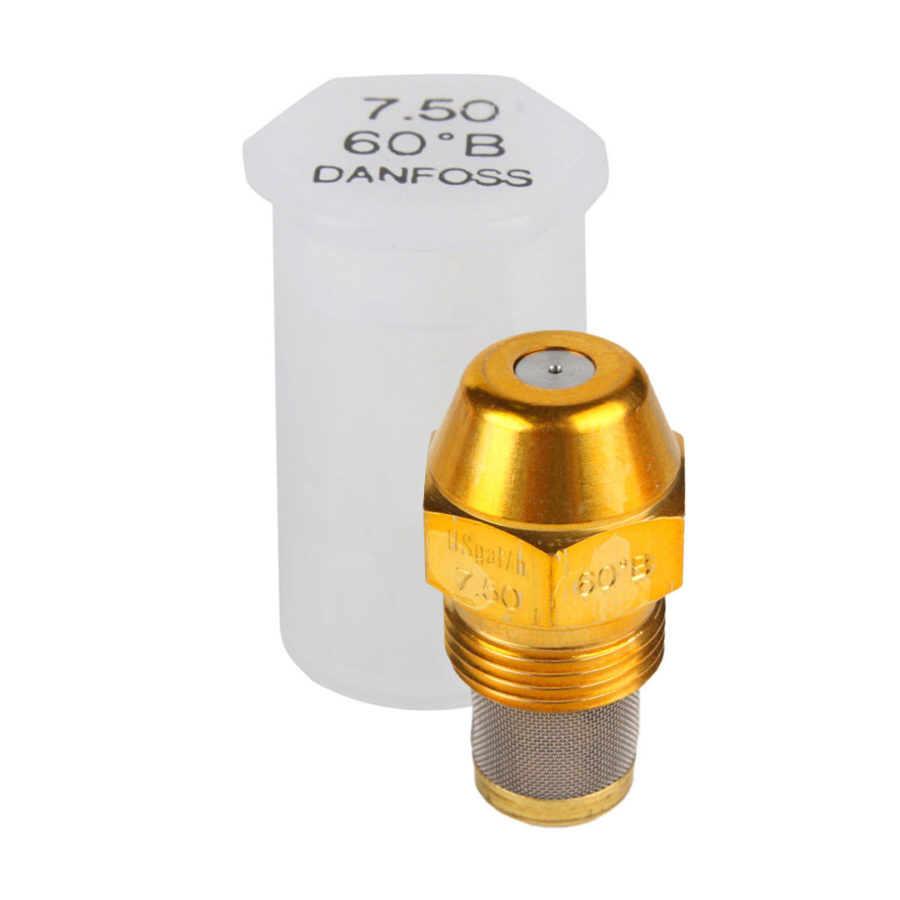
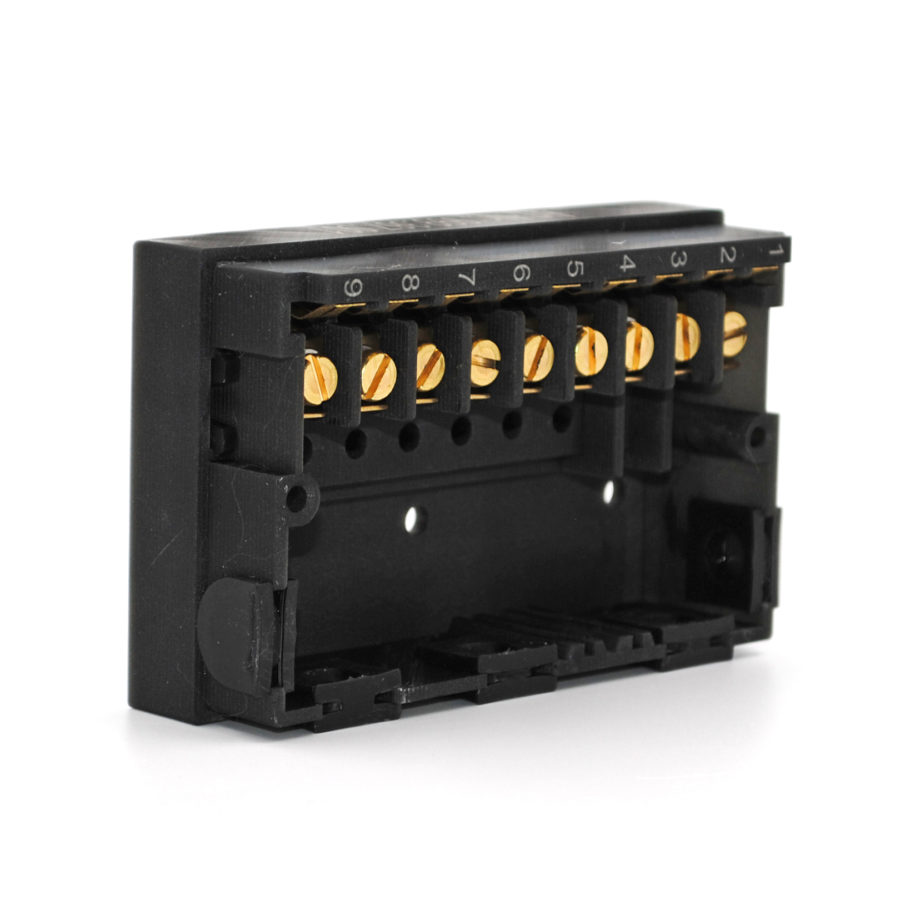
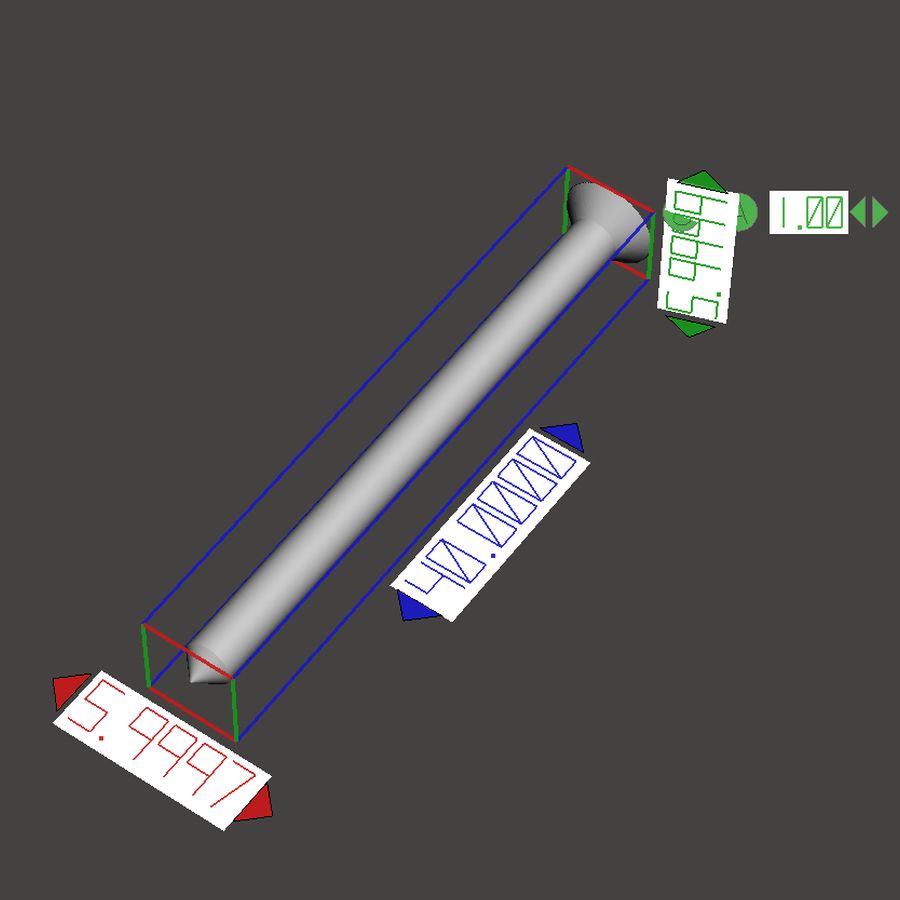
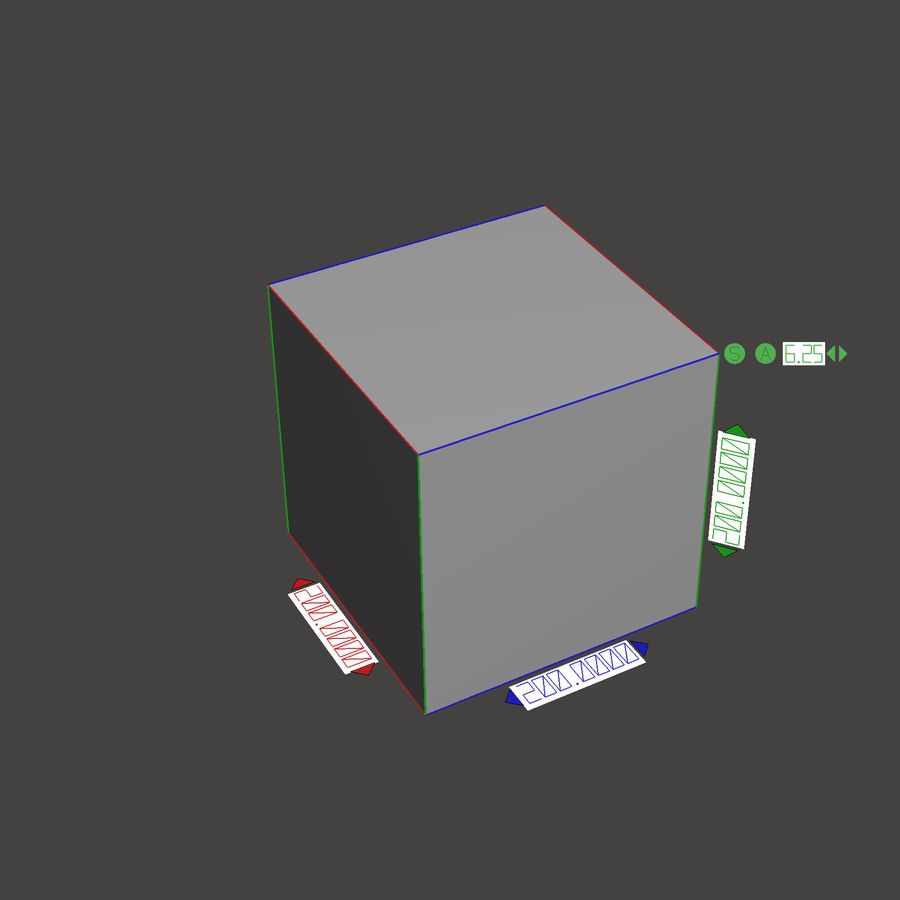
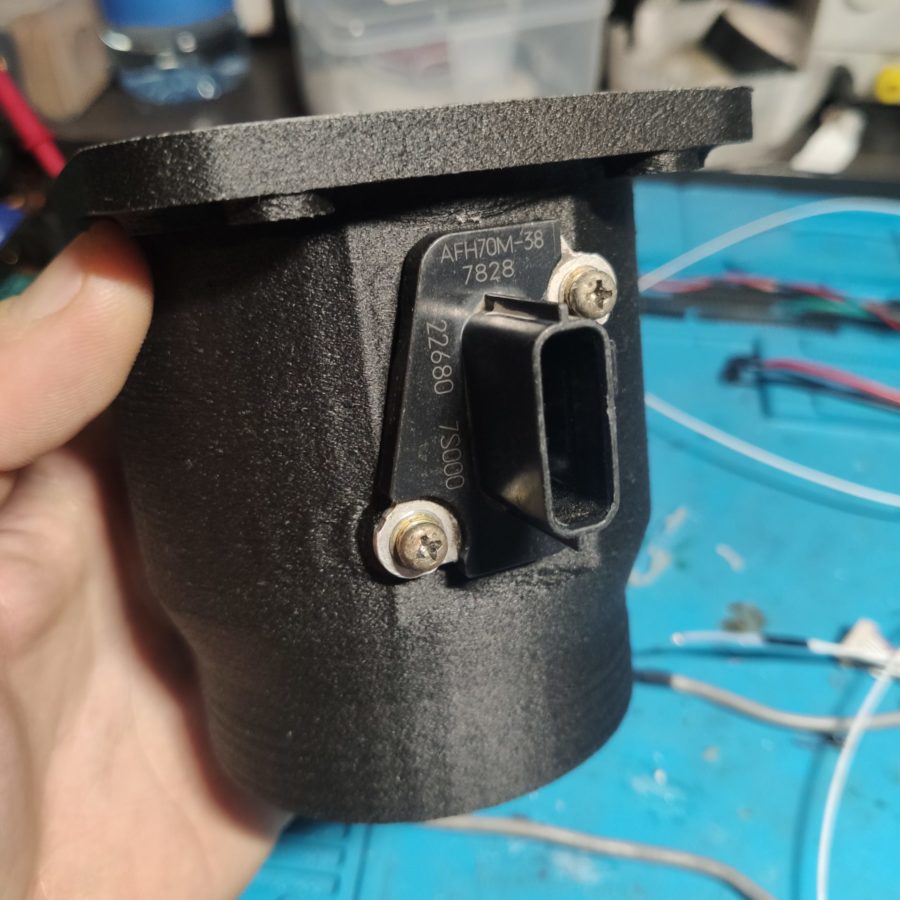

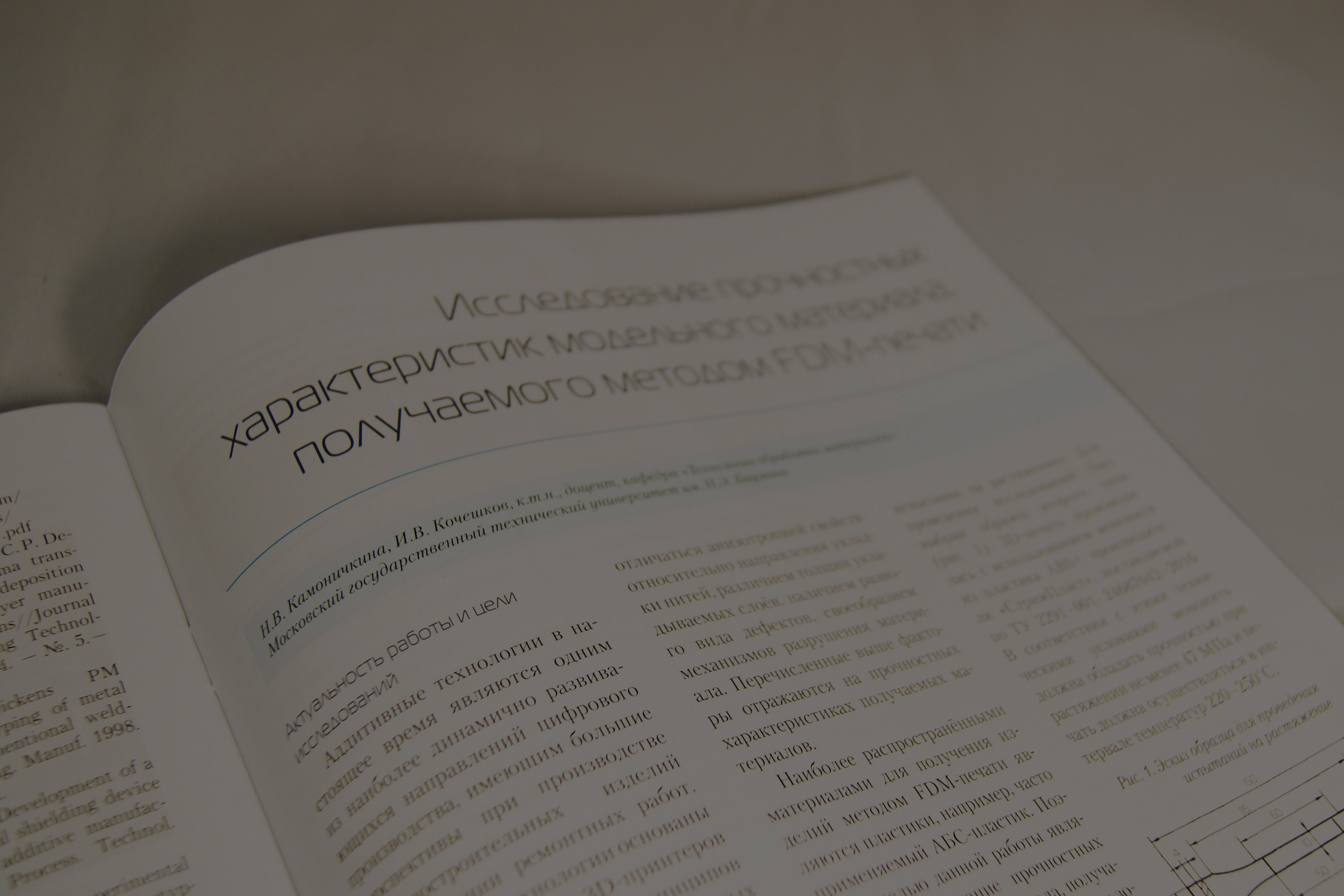

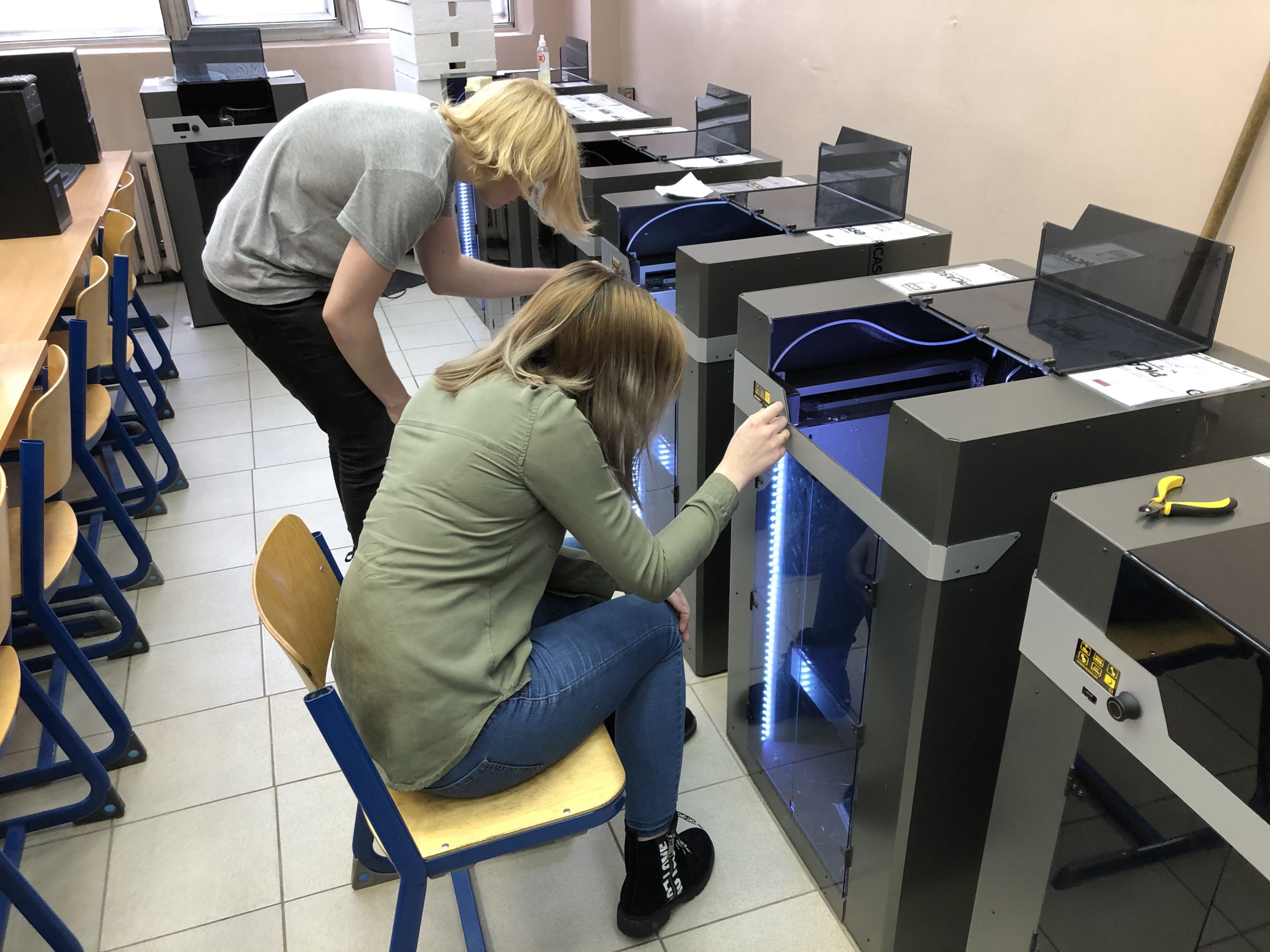


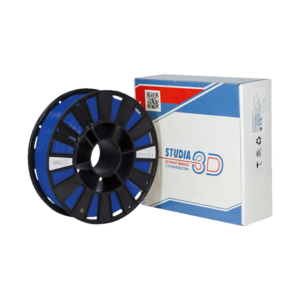
Author: Studia3D aggregator
More articles from Studia3D aggregator